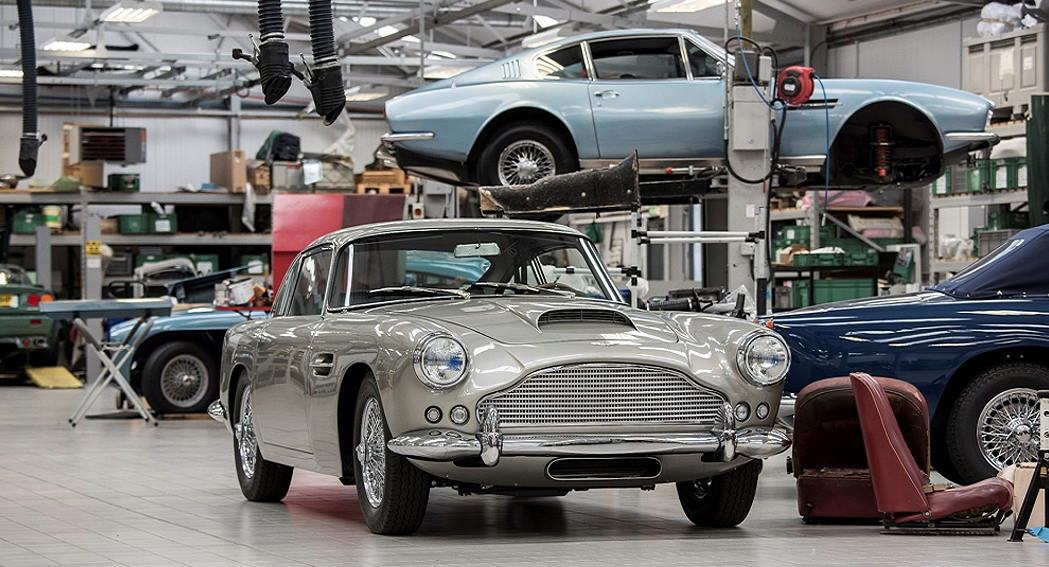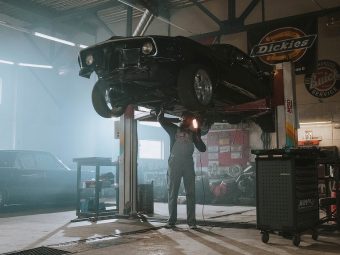Restoring classic cars is a favorite pastime of many automobile aficionados. There’s something about bringing an authentic version of one of your favorite cars back to life in the modern day. But, restoring these treasured gems isn’t always a walk in the park.
In fact, classic cars are known to have a plethora of common issues that you’re likely to encounter the next time you’re working on one. So, in case you’re into restoring classic cars and you want to make things easier on yourself for future projects, let’s take a look at 4 problems that are all too common with these rare automobiles.
1. Bodywork
The body is usually one of the first places on a car that starts to show wear, classic or not. With classic cars, the amount of time they’ve had to develop knicks, scratches, peeling paint, and other bodywork issues means that you’re going to run into these problems frequently.
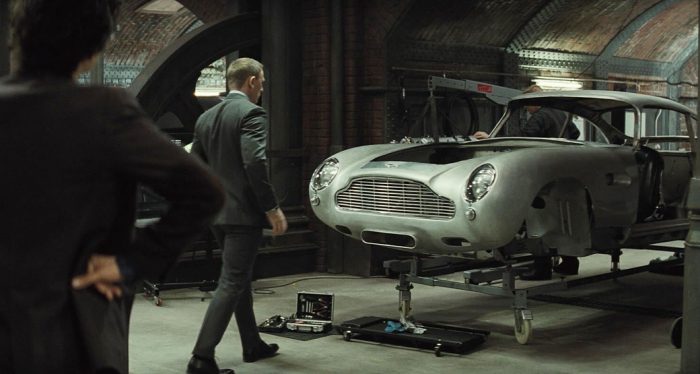
However, performing bodywork on a classic car can be risky if you don’t know what you’re doing. To stay on the safe side, hire a professional to do your bodywork if you aren’t 100% confident that you can pull it off without a hitch.
2. Seized Engine
Engines break down over time, especially on older cars that have been used a ton. If a classic car has never had any part of the engine replaced, you’ll want to check yours to make sure everything is in working order. If a part of your engine seems like it’s on its last legs, best to replace it before your engine seizes up while you’re pulling into your next car show.
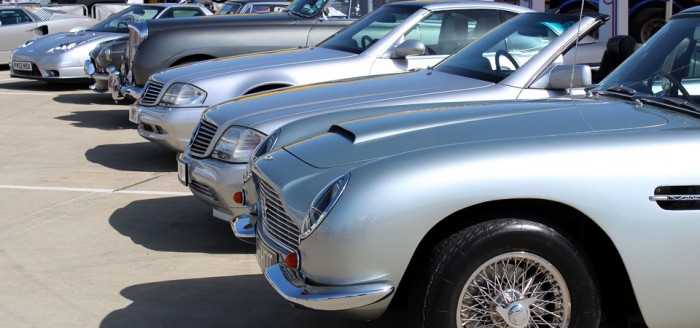
“It’s important to remember, the check engine light won’t always come on, even if a part of your engine is close to failing. That’s why you need to either closely inspect the engine yourself or have a professional do it. Doing so will ensure that you don’t run into problems relying on an old, beat-up engine to power your classic car.” – Corey Tyner of Corey Buys Classic Cars
3. Water Damage
Water damage is frequently found in class cars because the seals used on most classic cars wear out after a decade or so, even without much use. To prevent your classic car from developing water damage, have the seals replaced on the entire car.
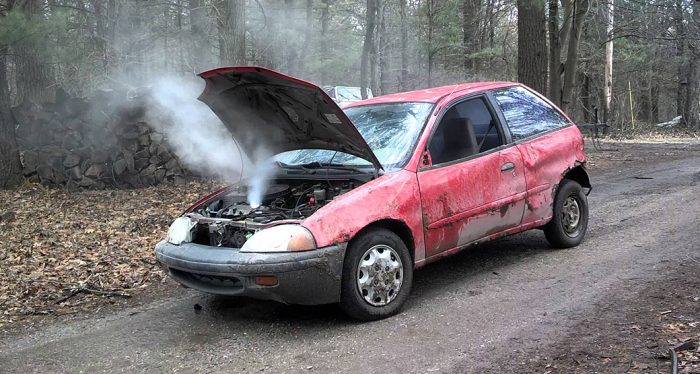
Doing so can prevent water from getting into places it shouldn’t and causing mold and/or rust. Check around the windows, doors, and the boot of your car to see if you can find any signs of defective seals. If there’s any doubt in your mind that these seals are still up to snuff, just replace them to be safe.
4. Interior Damage
Classic cars are known to have significant wear and tear on the inside. Check the dashboard for any scratches, stains, or damage. Check the vents for cracked or non-working vent covers. Check the sides of your seats for tears in the upholstery, as well as your armrests and door cards.
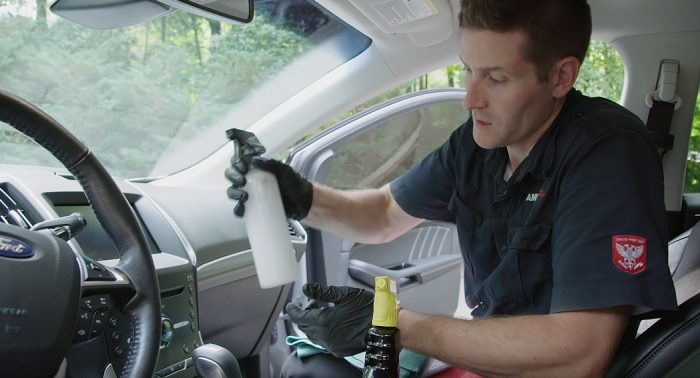
Another thing to keep in mind is that if the interior of your classic car is outfitted with Connoly leather, this can be really expensive to replace. So, if you find a ton of damage inside a classic car with this type of leather, you may want to move on.
Reupholstering the entire interior is the go-to move with classic cars, but outfitting your vehicle with a whole new set of Connolly leather may be more than your budget can handle.
Look Out for These 4 Problems when Restoring Classic Cars:
Restoring old cars can be a joyous hobby, but some cars have hidden problems you need to check for. By making sure the engine is in tip-top shape, checking the interior for subtle damage, closely inspecting the body, and replacing old seals, you can avoid and/or budget for the common issues owners run into when restoring classic cars.
